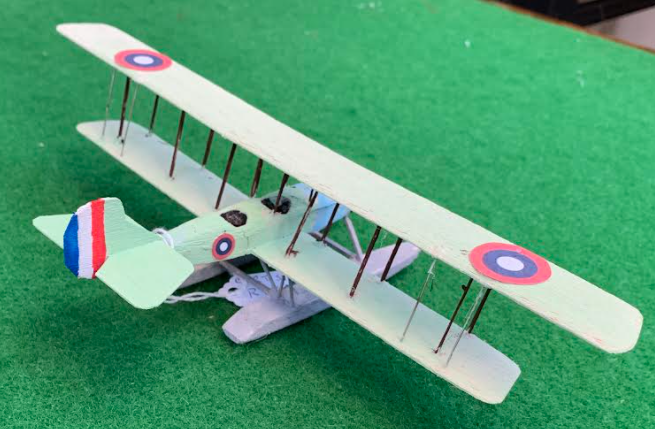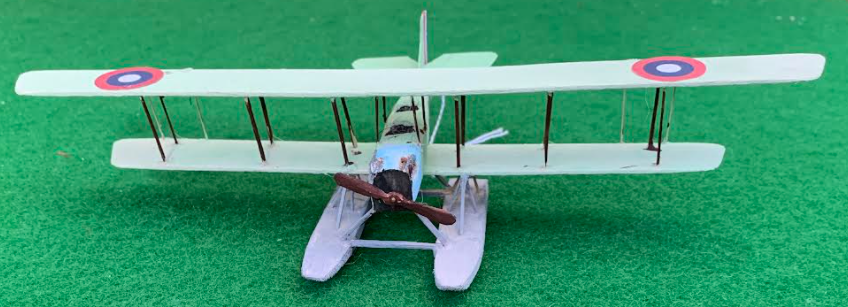Curtiss R-6
The Curtiss R-6 was a twin float observation plane that was a more powerful version of the earlier R-3, and that was the first US Navy aircraft to see service overseas.
The R-3 was the first float plane version of the Model R. Like the R-3, the R-6 was a three bay biplane, with unequal span wings. The two main differences were that the outer panels of both wings had three degrees of dihedral, and it was powered by a 200hp V-2-3 engine. Otherwise it used the same straight edges wing, undercarriage and fuselage, with the two crewmen in separate cockpits. The pilot sat in the rear cockpit, while the observer sat in the forward cockpit, which was between the wings.
The Army placed two orders for the R-6, of a total 89 aircraft. Later most of these were diverted to the Navy, leaving the Army with only 4. The Navy received seventy-six R-6s. The R-6 was followed by the very similar R-9, which was structurally identical, but with the pilot moved to the front cockpit and the observer to the rear cockpit.
In 1918 forty of the R-6s were modified to use the more powerful 360hp Liberty engine, becoming the R-6L. Another fourteen R-6Ls were converted from R-9s. With the new engine the top speed rose to 100mph.
Most of the Navy’s R-6s had fairly short careers. They began to enter service in the spring of 1917, and quite a few had been struck off charge by the end of the year. More went in 1918. During this time most of them were scattered around the US coast, serving at various naval air stations. Some were also allocated to the cruiser USS Huntingdon, which was used for experiments with naval aviation.
The R-6 was the first US Navy aircraft to see service overseas. A334, A335, A336, A337 and A338 were assigned to the Marines Air Base No.13 on the Azores after the US entry into the First World War.


